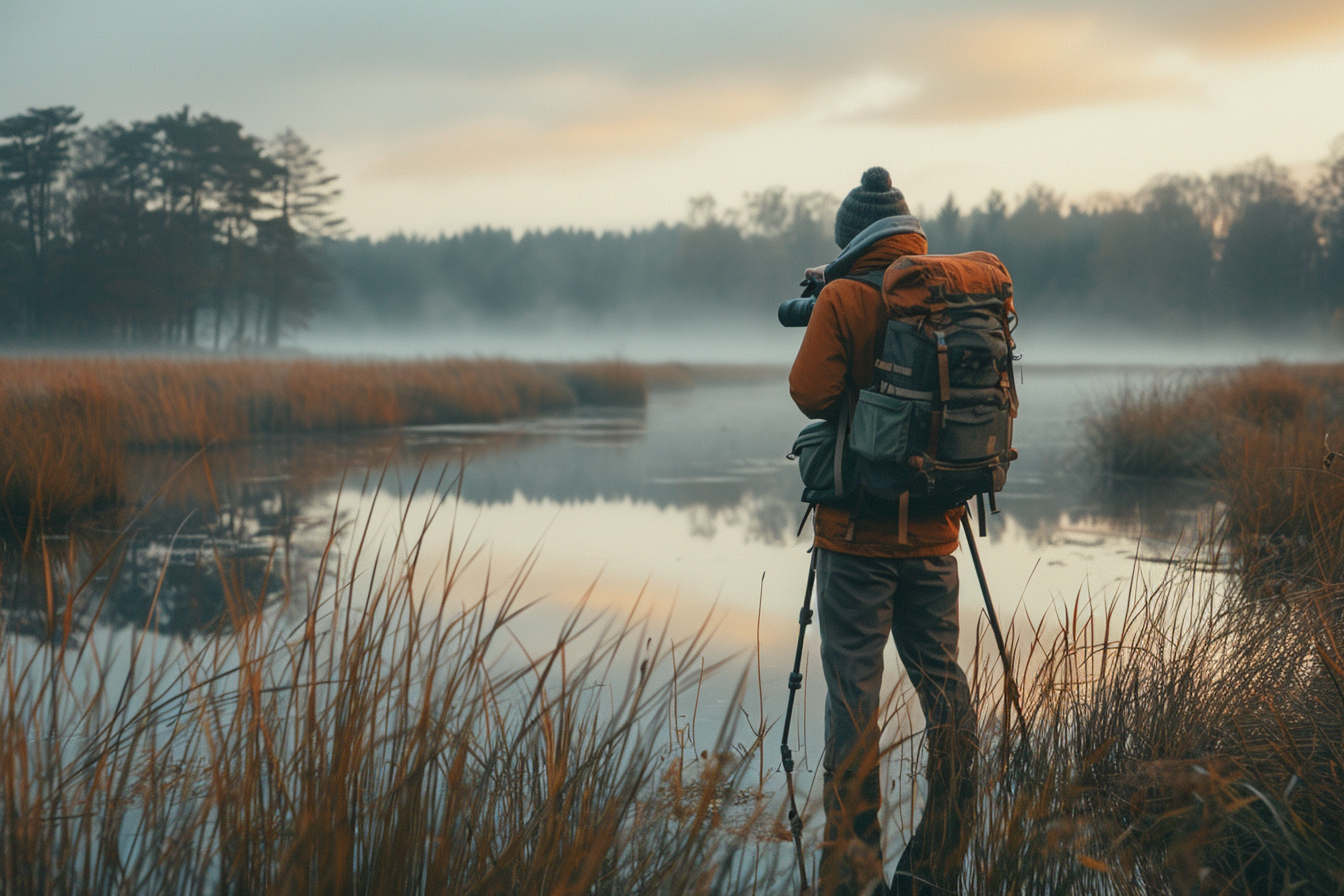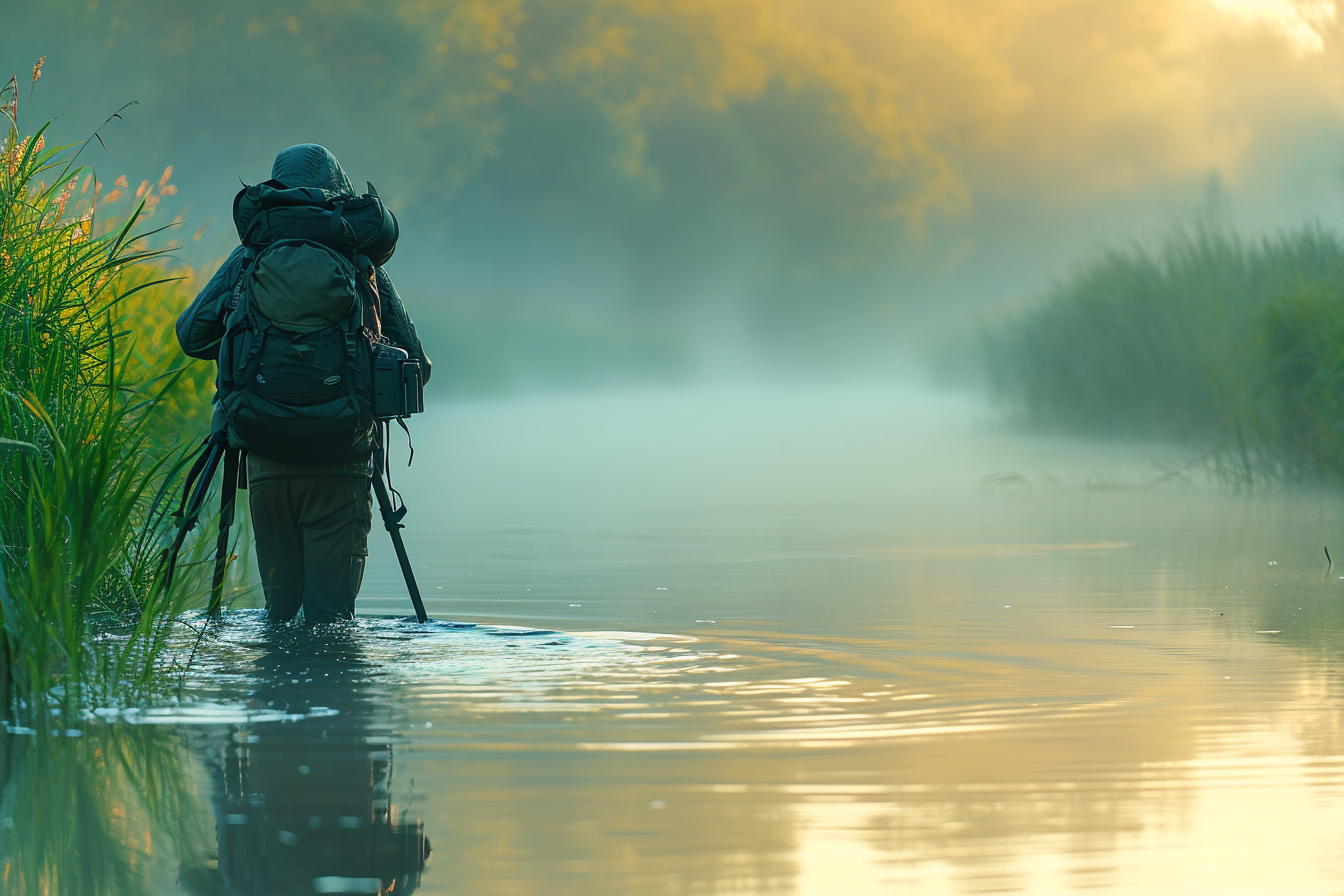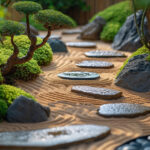
Wetlands, with their unique ecosystems and captivating aesthetics, offer photographers a canvas of endless possibilities. Featuring diverse wildlife, intricate plant life, and compelling interplays of light and water, marshes and bogs are treasures for those with a passion for landscape photography. The key to mastering this niche lies in understanding the specific techniques that can help you capture the intrinsic beauty of these vibrant environments.
Exploring the wetland environment
Understand Your Subject
Wetlands are characterized by their saturated soils and the prevalence of aquatic plants. To photograph these landscapes effectively, one must first appreciate their complexity and ecological importance. Research the types of wetlands you plan to visit—be they marshes, swamps, fens or bogs—each offering their own unique scenes and photographic challenges.
The right time and light
The Golden Hours
Photographers are well-acquainted with the ‘golden hour’—the time just after sunrise and before sunset when the light is soft, warm, and diffuse. In wetland photography, these moments are particularly magical. The interplay of light with water can produce a range of effects from subtle reflections to dramatic backlit scenes.
Weather and Mood
Don’t be deterred by overcast skies or misty mornings; these conditions can deliver some of the most evocative wetland images. Fog can simplify a busy landscape, providing a minimalist look that highlights the forms and structures of trees and plants. After rainfall, the wetland comes alive with fresh colors, and puddles become mirrors reflecting the sky and vegetation.
Equipment essentials
Choosing the Right Gear
- Camera Body: A weather-sealed DSLR or mirrorless camera is preferable, given the often damp and unpredictable wetland environment.
- Lenses: A wide-angle lens is indispensable for capturing expansive wetland vistas, while a telephoto lens is essential for isolating details and photographing wildlife.
- Tripod: A sturdy tripod is crucial, especially for long-exposure shots where stability is key.
- Polarizing Filter: This can enhance the wetland’s colors by reducing reflections and increasing saturation.
- Boots and Waders: Being physically prepared with appropriate waterproof gear allows you to venture off the beaten path.
Composition techniques
Leading Lines and Symmetry
Take advantage of the natural lines found in wetlands. These could be the patterns created by reeds, the shape of a meandering river, or a row of trees. Symmetry can be particularly striking when still water creates perfect reflections, turning an ordinary scene into a captivating composition.
Foreground Interest
Include elements such as rocks, logs, or plants in the foreground to provide a point of interest and to draw the viewer into the scene. This also adds depth to your photographs, making the vastness of the wetland more immersive.
The Rule of Thirds and Beyond
While the rule of thirds is a well-known compositional guideline, don’t hesitate to break conventions for the sake of creativity. Experiment with different angles and perspectives—sometimes placing a subject centrally or at the edge of a frame can yield intriguing results.
Mastering exposure
Challenging Lighting Conditions
Both the reflective water and the tendency for parts of the wetland to be in shadow can lead to challenging exposure conditions. To overcome this, you may need to bracket your exposures or use graduated Neutral Density filters to balance the dynamics of the scene.
Utilize Histograms
Making use of your camera’s histogram is vital in wetland photography. This tool helps ensure that you capture as much detail as possible without overexposing the highlights or losing information in the shadows.
Capturing movement
Long Exposures for Water
To convey the peacefulness of a slow-moving stream or to smooth out the surface of a lake, long exposures are key. This necessitates the use of a tripod along with neutral density filters to achieve a suitable shutter speed without overexposure.
Wildlife in Action
While much wetland wildlife may require patience to photograph, capturing birds in flight or animals amidst the vegetation can add an engaging dynamic element to your images. Fast shutter speeds and continuous focus mode are essential for sharp wildlife shots.
Embracing the macro world
Highlighting the Details
Amidst the vastness of wetlands lie intricate details—drops on a spider’s web, the texture of a leaf, or the patterns on a butterfly’s wings. A macro lens allows you to capture these details and showcases the biodiversity that might otherwise be overlooked.
Post-Processing for wetlands
Balancing Water Tones
Water can dominate a wetland landscape and its tones can often require adjustment in post-processing to accurately reflect the scene as observed. Be cautious when adjusting saturation and luminance, aiming to preserve the natural look of the water.
Accentuating Mood with Color Grading
Whether you wish to highlight the freshness of a dew-covered bog or the golden light of sunset, color grading can significantly impact the mood of your wetland photography. Subtle adjustments to color temperature and tint can enhance the overall feel of the image.
Ethical considerations
Preserving the Environment
As photographers, it’s imperative to leave no trace in the environments we capture. Be mindful of your impact on the delicate ecosystems within wetlands. Avoid disrupting wildlife and tread carefully to preserve the natural habitat.
In the pursuit of mastering wetland landscape photography, one must combine patience, respect for nature, and technical photographic skills. With each visit to these ecosystems, new opportunities arise to capture their ever-changing beauty and to tell the stories within. Embrace the challenges and nuances of shooting in these areas and remember that the best photographers are those who continuously learn from their surroundings.
Every photograph of a wetland has the potential to raise awareness about the importance of these environments. Through your lens, you can contribute to the appreciation and conservation of these precious ecosystems while also advancing your photographic craft. The journey to mastering wetland landscape photography is ongoing, compelling, and infinitely rewarding.


